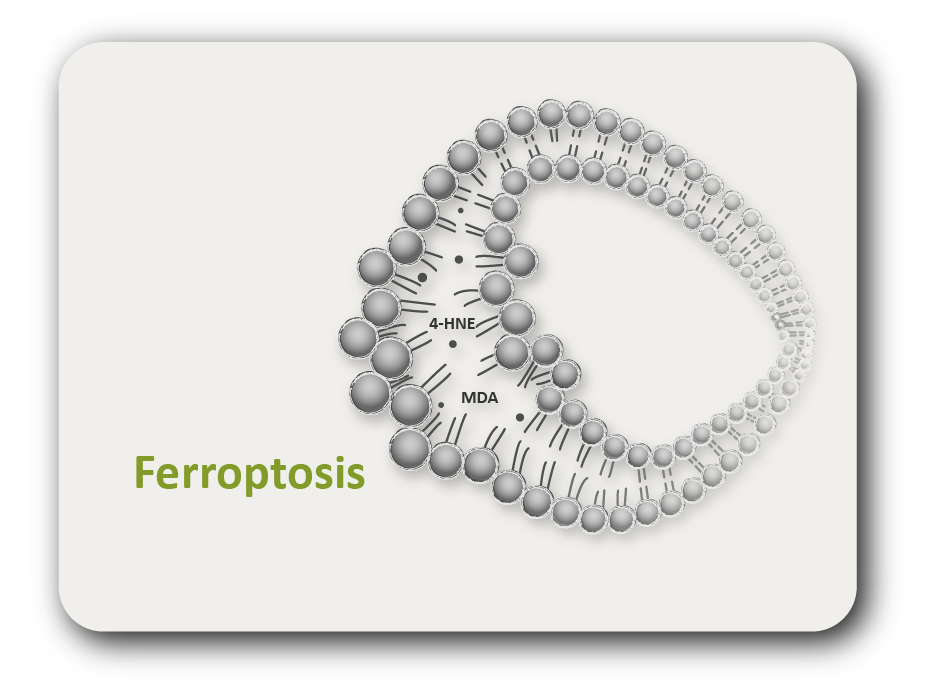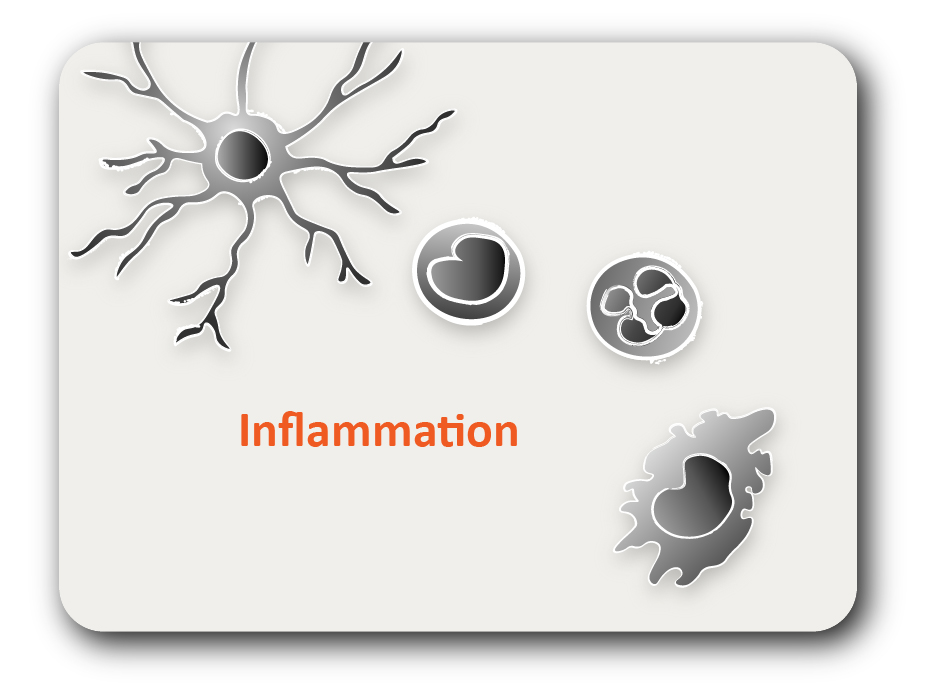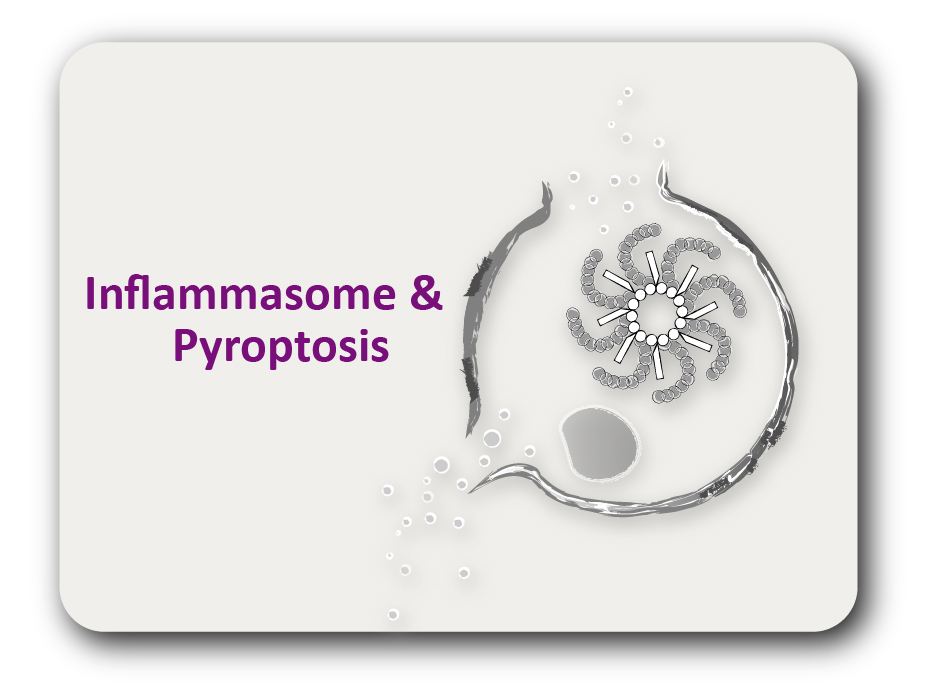ARG45177
anti-RAD9A antibody
anti-RAD9A antibody for Flow cytometry,IHC-Formalin-fixed paraffin-embedded sections,Western blot and Mouse,Rat
Overview
| Product Description | Rabbit Polyclonal antibody recognizes RAD9A |
|---|---|
| Tested Reactivity | Ms, Rat |
| Tested Application | FACS, IHC-P, WB |
| Host | Rabbit |
| Clonality | Polyclonal |
| Isotype | IgG |
| Target Name | RAD9A |
| Antigen Species | Mouse |
| Immunogen | Recombinant protein containing to mouse RAD9A. |
| Conjugation | Un-conjugated |
| Alternate Names | RAD9A; RAD9 Checkpoint Clamp Component A; DNA repair exonuclease rad9 homolog A; Cell cycle checkpoint control protein RAD9A; EC 3.1.11.2; RAD9; hRAD9 |
Application Instructions
| Application Suggestion |
|
||||||||
|---|---|---|---|---|---|---|---|---|---|
| Application Note | * The dilutions indicate recommended starting dilutions and the optimal dilutions or concentrations should be determined by the scientist. | ||||||||
| Observed Size | 55-60 kDa |
Properties
| Form | Liquid |
|---|---|
| Purification | Affinity purification with immunogen. |
| Buffer | 0.9% NaCl, 0.2% Na2HPO4, 0.01% Sodium azide and 4% Trehalose. |
| Preservative | 0.01% Sodium azide |
| Stabilizer | 4% Trehalose |
| Concentration | 0.5 mg/ml |
| Storage Instruction | For continuous use, store undiluted antibody at 2-8°C for up to a week. For long-term storage, aliquot and store at -20°C or below. Storage in frost free freezers is not recommended. Avoid repeated freeze/thaw cycles. Suggest spin the vial prior to opening. The antibody solution should be gently mixed before use. |
| Note | For laboratory research only, not for drug, diagnostic or other use. |
Bioinformation
| Gene Symbol | RAD9A |
|---|---|
| Gene Full Name | RAD9 Checkpoint Clamp Component A |
| Background | This gene product is highly similar to Schizosaccharomyces pombe rad9, a cell cycle checkpoint protein required for cell cycle arrest and DNA damage repair. This protein possesses 3' to 5' exonuclease activity, which may contribute to its role in sensing and repairing DNA damage. It forms a checkpoint protein complex with RAD1 and HUS1. This complex is recruited by checkpoint protein RAD17 to the sites of DNA damage, which is thought to be important for triggering the checkpoint-signaling cascade. Alternatively spliced transcript variants encoding different isoforms have been found for this gene. [provided by RefSeq, Aug 2011] |
| Function | Component of the 9-1-1 cell-cycle checkpoint response complex that plays a major role in DNA repair. The 9-1-1 complex is recruited to DNA lesion upon damage by the RAD17-replication factor C (RFC) clamp loader complex. Acts then as a sliding clamp platform on DNA for several proteins involved in long-patch base excision repair (LP-BER). The 9-1-1 complex stimulates DNA polymerase beta (POLB) activity by increasing its affinity for the 3'-OH end of the primer-template and stabilizes POLB to those sites where LP-BER proceeds; endonuclease FEN1 cleavage activity on substrates with double, nick, or gap flaps of distinct sequences and lengths; and DNA ligase I (LIG1) on long-patch base excision repair substrates. The 9-1-1 complex is necessary for the recruitment of RHNO1 to sites of double-stranded breaks (DSB) occurring during the S phase. RAD9A possesses 3'->5' double stranded DNA exonuclease activity. [UniProt] |
| Cellular Localization | Nucleus. [UniProt] |
| Calculated MW | 42 kDa |
| PTM | Phosphoprotein. [UniProt] |
Images (5) Click the Picture to Zoom In
-
ARG45177 anti-RAD9A antibody IHC-P image
Immunohistochemistry: Rat spleen stained with ARG45177 anti-RAD9A antibody at 1 μg/ml dilution.
-
ARG45177 anti-RAD9A antibody WB image
Western blot: PC-12 stained with ARG45177 anti-RAD9A antibody at 0.5 μg/ml dilution.
-
ARG45177 anti-RAD9A antibody IHC-P image
Immunohistochemistry: Mouse cardiac muscle stained with ARG45177 anti-RAD9A antibody at 1 μg/ml dilution.
-
ARG45177 anti-RAD9A antibody WB image
Western blot: Mouse spleen stained with ARG45177 anti-RAD9A antibody at 0.5 μg/ml dilution.
-
ARG45177 anti-RAD9A antibody FACS image
Flow Cytometry: HEPA1-6 stained with ARG45177 anti-RAD9A antibody at 1 µg/10^6 cells dilution.





